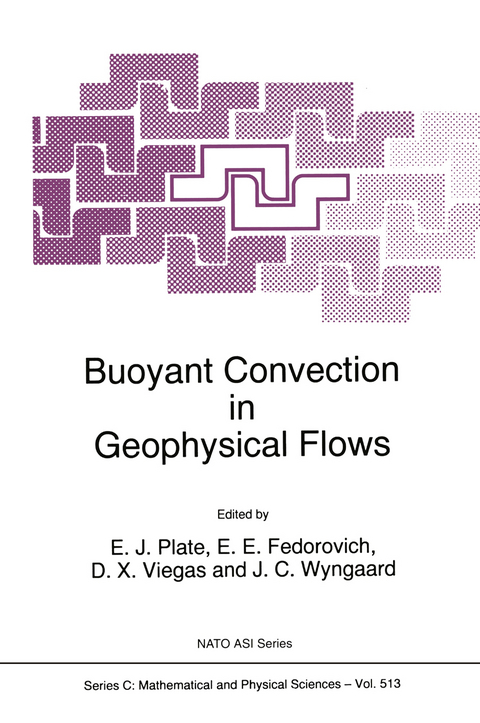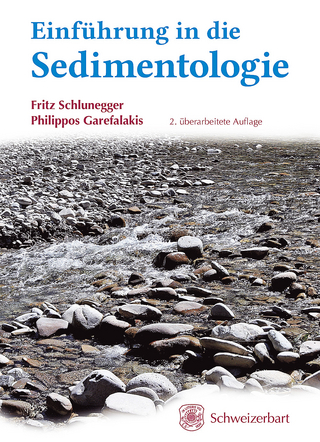
Buoyant Convection in Geophysical Flows
Springer (Verlag)
978-94-010-6125-4 (ISBN)
Studies of convection in geophysical flows constitute an advanced and rapidly developing area of research that is relevant to problems of the natural environment. During the last decade, significant progress has been achieved in the field as a result of both experimental studies and numerical modelling. This led to the principal revision of the widely held view on buoyancy-driven turbulent flows comprising an organised mean component with superimposed chaotic turbulence. An intermediate type of motion, represented by coherent structures, has been found to play a key role in geophysical boundary layers and in larger scale atmospheric and hydrospheric circulations driven by buoyant forcing. New aspects of the interaction between convective motions and rotation have recently been discovered and investigated. Extensive experimental data have also been collected on the role of convection in cloud dynamics and microphysics. New theoretical concepts and approaches have been outlined regarding scaling and parameterization of physical processes in buoyancy-driven geophysical flows.
The book summarizes interdisciplinary studies of buoyancy effects in different media (atmosphere and hydrosphere) over a wide range of scales (small scale phenomena in unstably stratified and convectively mixed layers to deep convection in the atmosphere and ocean), by different research methods (field measurements, laboratory simulations, numerical modelling), and within a variety of application areas (dispersion of pollutants, weather forecasting, hazardous phenomena associated with buoyant forcing).
Convective boundary layer: a historical introduction.- Convection viewed from a turbulence perspective.- Eddy dynamics and kinematics of convective turbulence.- Surface frictional processes and non-local heat/mass transfer in the shear-free convective boundary layer.- Convective transport theory and the radix layer.- Convection in viscous and rotating fluids from the viewpoint of the forced flow theory.- Modeling the oceanic mixed layer and effects of deep convection.- Observations of clear and cloud-capped convective boundary layers, and techniques for probing them.- Airborne water vapor differential absorption lidar studies of the convective boundary layer.- Experiment, numerical modeling, numerical simulation, and their roles in the study of convection.- Transilient turbulence theory: a nonlocal description of convection.- Bulk models of the atmospheric convective boundary layer.- Parameterizations of the convective boundary layer in atmospheric models.- Wind tunnel simulation of convective boundary layer phenomena: simulation criteria and operating ranges of laboratory facilities.- Wind tunnel model study of turbulence regime in the atmospheric convective boundary layer.- Review of diffusion processes in the convective boundary layer.- Convective processes in forest fires.- Stratocumulus-topped atmospheric planetary boundary layer.- Shallow cumulus convection.
| Reihe/Serie | NATO Science Series C ; 513 |
|---|---|
| Zusatzinfo | IX, 491 p. |
| Verlagsort | Dordrecht |
| Sprache | englisch |
| Maße | 160 x 240 mm |
| Themenwelt | Naturwissenschaften ► Geowissenschaften ► Geologie |
| Naturwissenschaften ► Geowissenschaften ► Hydrologie / Ozeanografie | |
| Naturwissenschaften ► Geowissenschaften ► Meteorologie / Klimatologie | |
| Naturwissenschaften ► Physik / Astronomie ► Mechanik | |
| ISBN-10 | 94-010-6125-4 / 9401061254 |
| ISBN-13 | 978-94-010-6125-4 / 9789401061254 |
| Zustand | Neuware |
| Haben Sie eine Frage zum Produkt? |
aus dem Bereich


